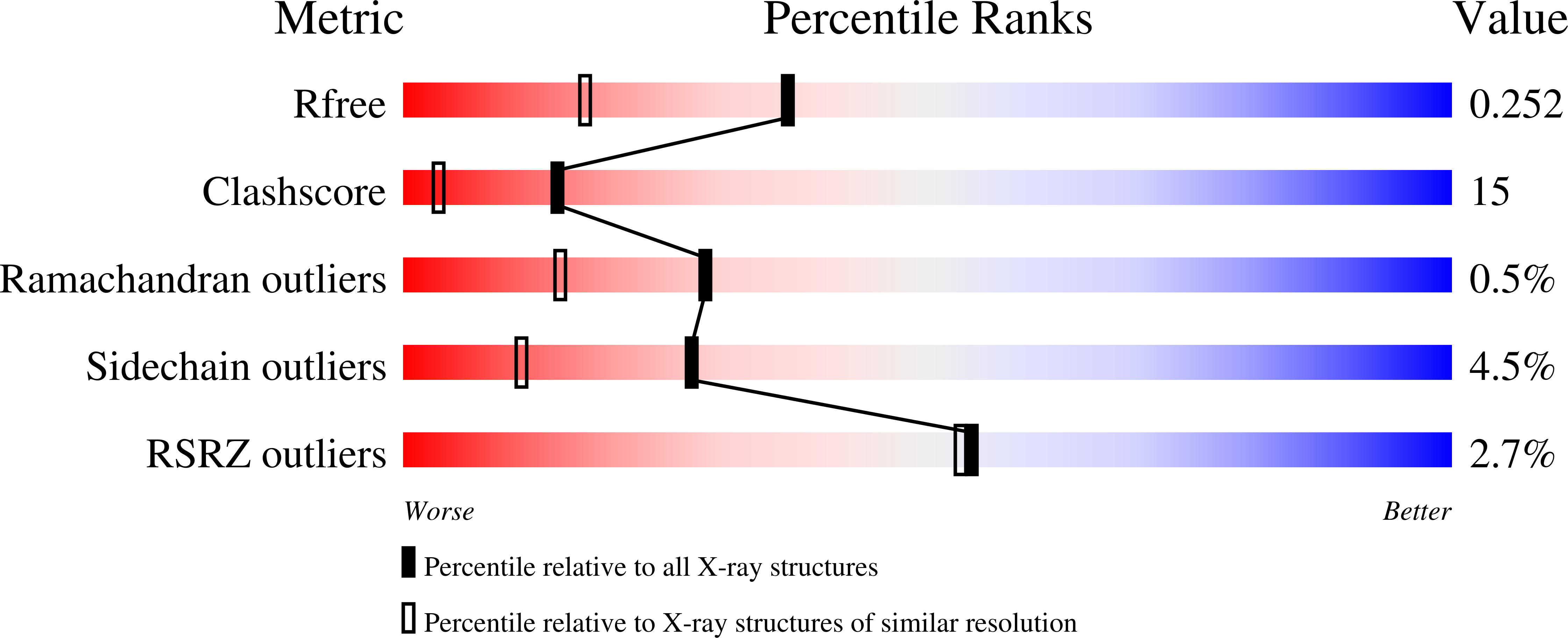
Deposition Date
2022-02-25
Release Date
2023-09-06
Last Version Date
2024-11-06
Entry Detail
PDB ID:
7Z1X
Keywords:
Title:
Crystal structure of human Gasdermin D complexed with nanobodies VHH-2 and VHH-6
Biological Source:
Source Organism:
Homo sapiens (Taxon ID: 9606)
Lama glama (Taxon ID: 9844)
Lama glama (Taxon ID: 9844)
Host Organism:
Method Details:
Experimental Method:
Resolution:
1.86 Å
R-Value Free:
0.24
R-Value Work:
0.21
R-Value Observed:
0.22
Space Group:
P 31


